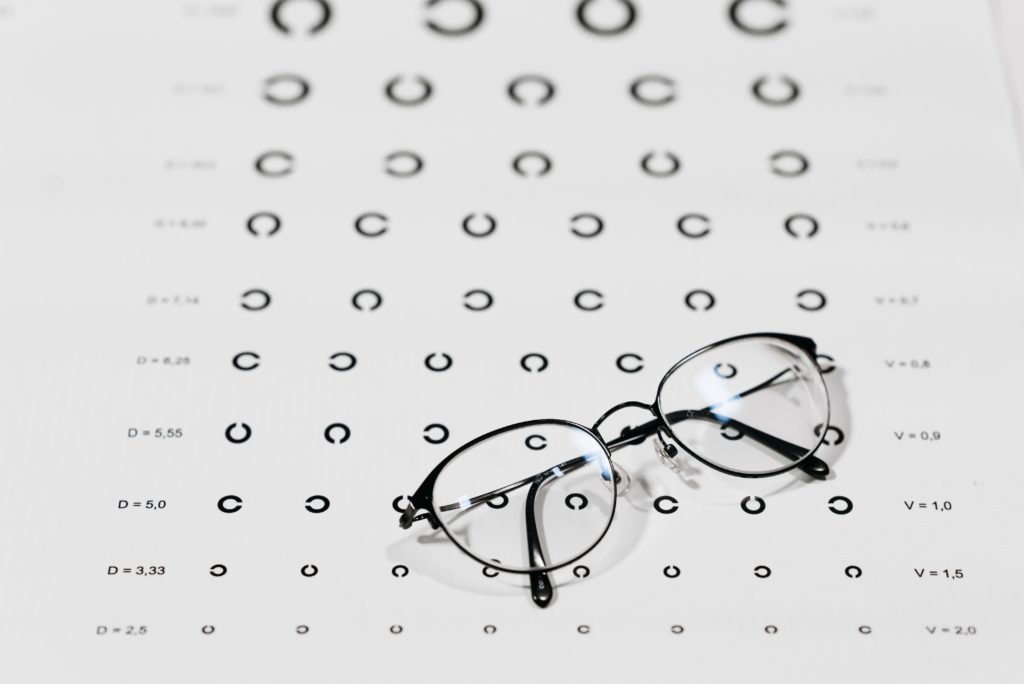This is a case report overview of a 33-year-old woman who presented to the ophthalmology clinic with blurring of vision in both eyes. The patient denied having any systemic symptoms. She had a history of systemic lupus erythematosus (SLE) and had been prescribed hydroxychloroquine and methotrexate. However, she reported that she was non-compliant with her treatment. Her visual acuity was noted to be 20/400 in both eyes and examination of her retina revealed multiple intraretinal hemorrhages with serous retinal detachment bilaterally. The findings were confirmed on optical coherence tomography (OCT) and fluorescein angiography (FA).
A diagnosis of bilateral lupus chorioretinopathy was established and the patient was referred to a rheumatologist for the management of active SLE. The significance of appropriate follow-up with the rheumatologist and strict compliance with medications was explained to the patient. The rheumatologist started her on hydroxychloroquine and prednisone. A few weeks later, the patient returned to the ophthalmology clinic with an improvement in her vision. Examination and imaging demonstrated resolving intraretinal hemorrhages and serous retinal detachment.

Case Report Overview
Systemic lupus erythematosus (SLE) is an autoimmune condition that may affect any organ system of the body. The eyes are no exception. However, lupus chorioretinopathy is one of the rare ocular manifestations of SLE. As the name suggests, lupus chorioretinopathy affects both the choroid and the retina. The pathophysiology of this condition remains unclear. However, the increased permeability of the choroidal and retinal vessels are thought to play a role. Patients may present with blurring of vision and even severe vision loss.
Lupus chorioretinopathy may sometimes be the only indicator of active SLE, as was the case with this patient who had no other systemic symptoms. Therefore, early recognition and initiation of treatment are extremely important. Treatment of active SLE with high-dose steroids or immunosuppressive medications is highly effective in resolving the ocular symptoms.
There are a limited number of cases of lupus chorioretinopathy reported in the literature. Hence, this is a great example of a case that can be reported in a medical journal. If you have any such unique or novel cases that can be published in a journal and you need help writing or editing them, please feel free to reach out to me!